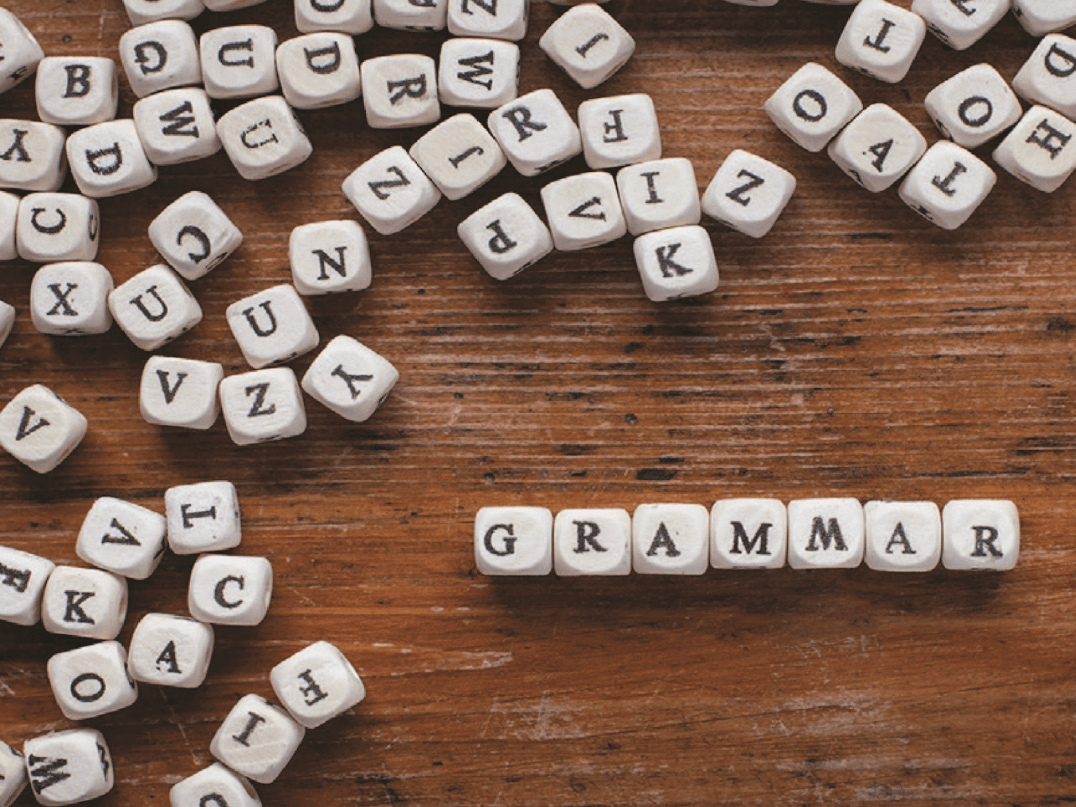Pronouns are incredibly elementary. They are simply the I, you, he, she, it, we, you, they, and other variations we are all familiar with. We learn how to use these at a young age in school as a required grammar lesson, and, although grammar on its own is exceptionally important, pronouns are also drastically important when it comes to identification communication. Learning to correctly apply pronouns in your Arabic conversation may seem tough, but it’s one of the most important steps to achieving fluency in the language. Although there are many types of pronouns in Arabic grammar, in this article we will present only a general classification and help you learn Arabic grammar.
Unattached Arabic pronouns (or stand alone pronouns)
I / Ana / أنا – First Person Singular
e.g.: I’m happy / Ana sa’eed / أنا سعيد
You / Anta / أنت – Male Singular
e.g.: You are happy / Anta sa’eed / أنت سعيد
You / Anti / انتِ – Female Singular
e.g.: Anti sa’eda /انتِ سعيدة
He / Howa / هو – Male Singular
e.g.: He is happy / Howa sa’eed /هو سعيد
She / heya / هي – Female Singular
e.g.: She is happy / heye sa’eda / هي سعيدة
We / Nahnu / نحن – First Person Plural
e.g.: We are happy / Nahnu so’da’ /نحن سعداء
You / antum / انتم – Male Plural
e.g.: You are happy / Antum so’da’/انتم سعداء
You / Antun / انتن – Female plural
e.g.: You are happy / Antun sa’edaat / انتن سعيدات
You / Antuma / انتما – Dual Plural (this is used for a set of two people, either both male, both female or mixed)
e.g.: You are happy / Antuma su’da’ /انتما سعداء
They / Hom / هم – Male plural
e.g.: They are happy / Hom so’da’ /هم سعداء
They / Hunna / هن – Female plural
e.g.: They are happy / Hunna sa’edat / هن سعيدات
Attached Arabic pronouns (suffix type pronouns)
These are the type of pronouns that do not have a stand-alone version and they will be present at the end of the word in the form of a suffix. This is the case of possessive pronouns. Basically, to say something belongs to you, you only add to the word of what you are talking about.
The Ya’a Of The Speaker (First Person Ya’a) ياء المتكلم
e.g. كتابي = My book = It is mine.
اشترى والدي هدية لي = My dad bought a present for me.
لي / عندي كلب = I have a dog.
The Na’a Of The Speakers (First Person Plural) ناء المتكلمين
e.g. مدرستنا بعيدة = Our school is far.
لنا / لدينا / عندنا منزل كبير = We have a big house.
The Ka’af Of Address (Vocative Ka’af) كاف الخطاب
e.g. كتابكَ = Your book (Sing. / M.).
لكَ / معكَ كتابكَ = You have your book. (Sing. M.)
كتابكِ = Your book (Sing. / F.)
لكِ كتابكِ = You have your book. (Sing. F.)
كتابكما = Your book (Dual).
كتابكـُم معكـُم = You have your book (Plural / M.)
كتابكـُنّ معكـُنّ = You have your book (Plural / F.)
The Ha’a Of Absence (Third Person Ha’a) هاء الغيبة
e.g. لهُ / عندهُ كلب = كلبهُ = He has a dog. = His dog.
لها / عندها كلب = كلبها = She has a dog. = Her dog.
كلبهما = They both have a dog. = Their dog. (Dual).
كلبهُم = They all have a dog. = Their dog. (Plural / M.)
كلبهُنّ = They all have a dog. = Their dog. (Plural / F.)
(Note: These pronouns are attached to Nouns and Prepositions and refer to possession)
Pronouns are one of the most difficult parts of Arabic grammar to learn, but they’re also some of the most important things to learn, since incorrectly addressing a man or woman can be offensive. When you’re able to master this area of the language, you’ll be well on your way to becoming fluent in Arabic. However, it’s not going to happen overnight. You’ll need to set aside a certain amount of time each day in order to learn basic Arabic grammar correctly.
Arabic Grammar,Arabic Pronouns,Basic Arabic Grammar,Learn Arabic

